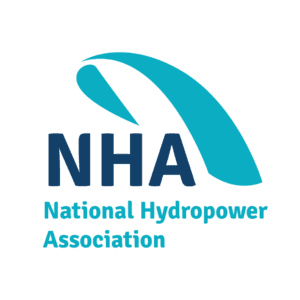CLEAN ENERGY FOR AMERICA ACT WILL SPUR NEW HYDROPOWER/PUMPED STORAGE DEVELOPMENT
Washington, D.C. (May 26, 2021) – The following is a statement from Malcolm Woolf, President and CEO of the National Hydropower Association on the Senate Finance Committee’s markup of the Clean Energy for America Act. The bill makes pumped storage hydropower eligible for the investment tax credit (ITC), along with an extension of the production tax credit, which will spur new hydropower development.
“We applaud the Committee’s leadership, as the Clean Energy for America Act puts hydropower in a position to strengthen America’s clean energy infrastructure. With these incentives, we can accelerate the push to a carbon-free grid through the development of new hydropower projects on existing, non-powered dams. We can also help to meet the nation’s need for energy storage through the development of pumped storage hydropower, which is the only proven long duration technology that can integrate large amounts of variable resources, while maintaining grid reliability and resilience.
“The hydropower industry also applauds Senate Finance Chairman Ron Wyden (D-OR) and Senator Maria Cantwell (D-WA) for their commitment to continue working to include innovative tax credits to support upgrades at existing hydropower facilities and the removal of obsolete dams. Optimizing generation efficiency and making environmental and safety enhancements, while removing dams that have reached the end of their useful life, will play a pivotal role in achieving President Biden’s goal of a zero-carbon electricity grid. The tax incentives are also a critical component of a larger package to advance the clean energy benefits of hydropower, dam safety, and the economic benefits of healthy rivers.
“Hydropower is an essential part of a climate solution. As the bill works its way through the legislative process, we will continue working with both sides of the aisle to ensure that it fully leverages hydropower’s ability to power job creation and decarbonize the electricity grid.
###



